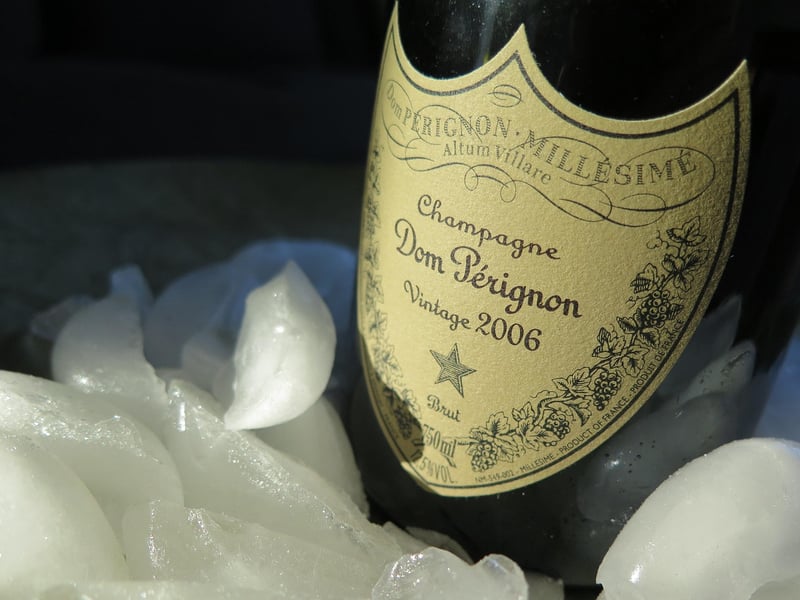Historical Etiquette
Guidance for Time Travelers: Navigating Historical Etiquette
Introduction
Welcome, time traveler, to a world where customs and manners vary greatly across different time periods. As you embark on your temporal adventures, it's essential to understand and respect the historical etiquette of the era you find yourself in. This guide will provide you with essential tips to navigate social norms and avoid cultural faux pas.
Ancient Civilizations
When visiting ancient civilizations such as Egypt or Rome, remember to show respect for authority figures and follow strict social hierarchies. Dress modestly, greet people with formal salutations, and be mindful of cultural taboos.

Medieval Europe
In medieval Europe, chivalry and courtly manners were highly valued. Address nobility with proper titles, observe the rules of courtly love, and demonstrate gallantry towards women. Avoid discussing sensitive topics such as politics or religion.

Victorian Era
The Victorian era in the 19th century was characterized by strict social codes and elaborate rituals. Pay close attention to dress codes, observe proper table manners, and engage in polite conversation topics. Avoid public displays of affection and use formal language when addressing others.

Roaring Twenties
The 1920s marked a period of cultural revolution and changing social norms. Embrace the spirit of the Jazz Age by participating in dances like the Charleston, dressing in fashionable attire, and engaging in lively conversations at speakeasies. Respect for personal boundaries and gender equality were becoming more prevalent during this time.

Conclusion
As you journey through time, remember that each era has its own unique customs and etiquette. By understanding and respecting the social norms of the past, you can enhance your time travel experience and avoid unintentional cultural misunderstandings. Safe travels, time explorer!
